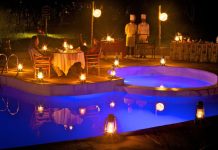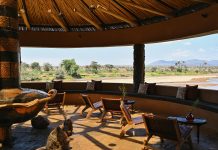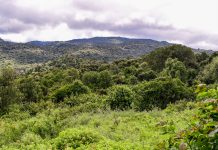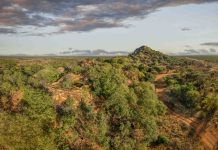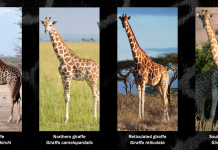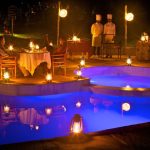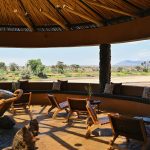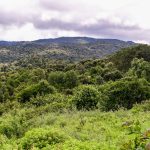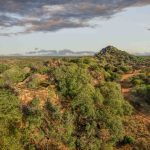By Santiago Legarre
At the inception of the 20th century, the renowned photographers Martin and Osa Johnson travelled to Marsabit by road, coming to a stop as they reached the river that dominates northern Kenya. The Ewaso Nyiro was flooded when the large group they had assembled in Nairobi reached that point, near Archer’s Post; so their safari had to wait for the waters to subside before they could proceed farther north, where they eventually discovered, and famously named, Lake Paradise.
Not far from where the Johnsons crossed the Ewaso Nyiro, and only a few decades after that happening, the hunters of old established the Samburu Game Lodge, just a few kilometres west of Archer’s. The lodge, with its solid, monumental buildings, had been the only accommodation in the Samburu National Reserve for years. When game hunting was banned in Kenya in the 1970s, the reconverted lodge, with its prime location by the Ewaso, in the heart of the Reserve, remained the central reference point in the region for hospitality.
Sadly, the Samburu Lodge was one of many non-human victims that succumbed to the COVID-19 pandemic. Gladly, it was also one of many that re-emerged from the ashes. The Soroi Collection adopted the old place and was instrumental in the reconstruction effort. In June 2025, the beloved spot reopened its doors, rebranded as the Soroi Samburu Lodge. Shortly after, I was fortunate enough to visit, invited by the company.
The way the manager of the newly opened lodge welcomed me was eye-opening. Daniel has worked in camps all over Kenya, including the Maasai Mara, Tsavo, and Amboseli. But he would not change the Samburu National Reserve for anything. “There is something special about Samburu,” the manager elaborated, “it is hard to put it in words, but it is special.” One could speculate with the natural bias of someone who has now become part of this location as a result of his professional responsibility. Still, Jaros, a gifted Laikipia Maasai guide whom I met during my safari in the national Reserve, concurred: “There is something about Samburu….”
Here is an attempt to figure out that “something special” alluded to by Daniel and Jaros. One morning, I was able to spot all three big cats—lion, leopard, and cheetah—within a stone’s throw from the Soroi Samburu Lodge. One may, of course, come across the three big cats in other parks and reserves. Still, something special about Samburu has to do with the quality time that you will be able to spend watching those animals and the kind of company you will enjoy: the relatively low number of vehicles that will accompany you.
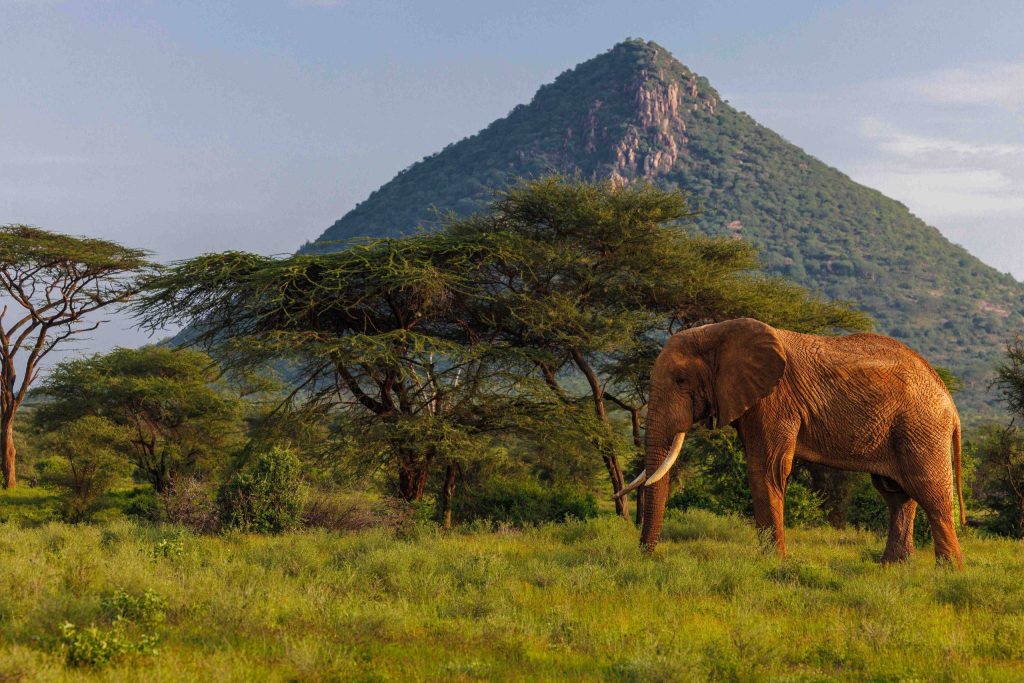
Elephants are plentiful in Samburu, as well as in other areas. Still, the placidity of the interaction I had with the giant beasts just around the corner from the lodge was something else. There is also, of course, the Samburu Super Five: Oryx, Reticulated Giraffe, Gerenuk, Grevy’s Zebra, and Somali Ostrich, all of which can only be spotted in this region and all of which bring delight to every single tourist.
As for the new lodge, I find it remarkable that Soroi has kept so much from the original concept, even if the structures and buildings have, of course, a renovated look and different materials. Furthermore, the company has decided to retain several of the original staff members, which is commendable, as it provides a sense of belonging and continuity. Additionally, many of the old and new faces hail from nearby Archer’s Post, which underscores Soroi’s commitment to the local community. Finally, a contingent, superseding fact has transformed the Samburu Game Reserve into a destination more cherished than ever. When the Maasai Mara increased its entrance fees not long ago, Samburu maintained a more sensible policy. This has transformed what was already a precious attraction into a more economical one. The Soroi Samburu Lodge is the perfect starting point to enjoy it in full.
Santiago Legarre is a safari enthusiast and a visiting lecturer at Strathmore University, Nairobi


